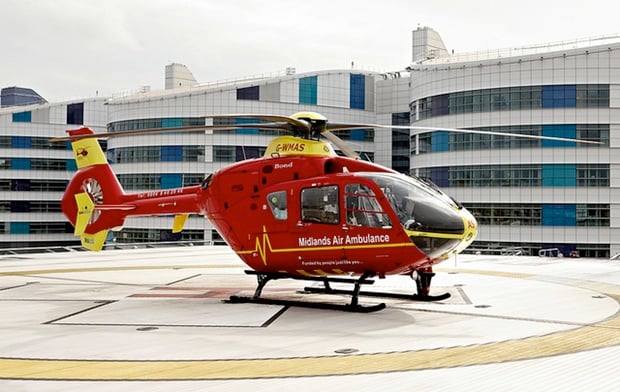For patients with serious traumatic injuries, how they’re transported to the hospital could be a matter of life and death, new research suggests.
Analyzing data from the American College of Surgeons National Trauma Data Bank, researchers found that patients who were transported by helicopter had a higher survival rate than patients transported by ambulance.
The study involved 222,475 patients 15 years or older who suffered from blunt-force and trauma injuries. These patients were transported to level I or II trauma centers throughout the US between 2007 and 2009.
Overall, 12.6 percent of patients transported by helicopter died, compared with 11 percent of those transported by ground services. However, that’s due to the difference of helicopter and ambulance transportations: 61,909 patients came by helicopter and 161,566 came by ground.
Taking other considerations into account, including how severely injured the patients were and the types of injuries, researchers found that the chance of survival improved by 30 percent for those who were transported by helicopter. Patients who were transported by helicopter also had more severe injuries than those sent by ground.
There are plenty of reasons helicopter transportation maybe associated with higher survival rate, co-author Samuel M. Galvano said in a video statement. “It could be a combination of speed, timely access to trauma centers, the crew’s expertise, and what’s being done on the helicopter.”
However, Galvano says while we now know there is a benefit to helicopter transportation, determining the cost effectiveness is the next step. “Helicopters cost up to $12 million a piece,” he says. “So going forward, we need to really look at specific elements of the helicopter and do a cost effectiveness study.”
The study was published in the Journal of the American Medical Association. For more information, click here.



















